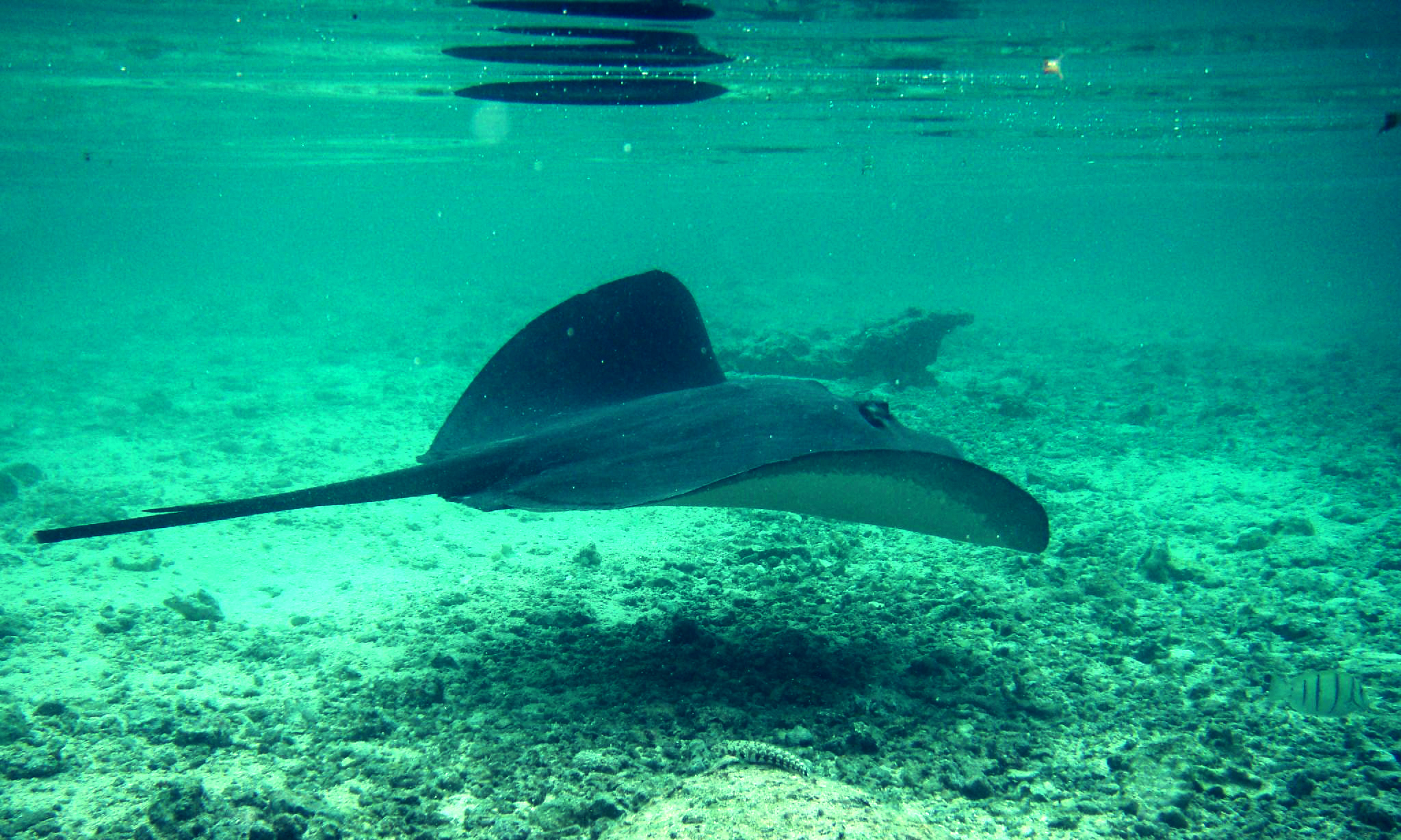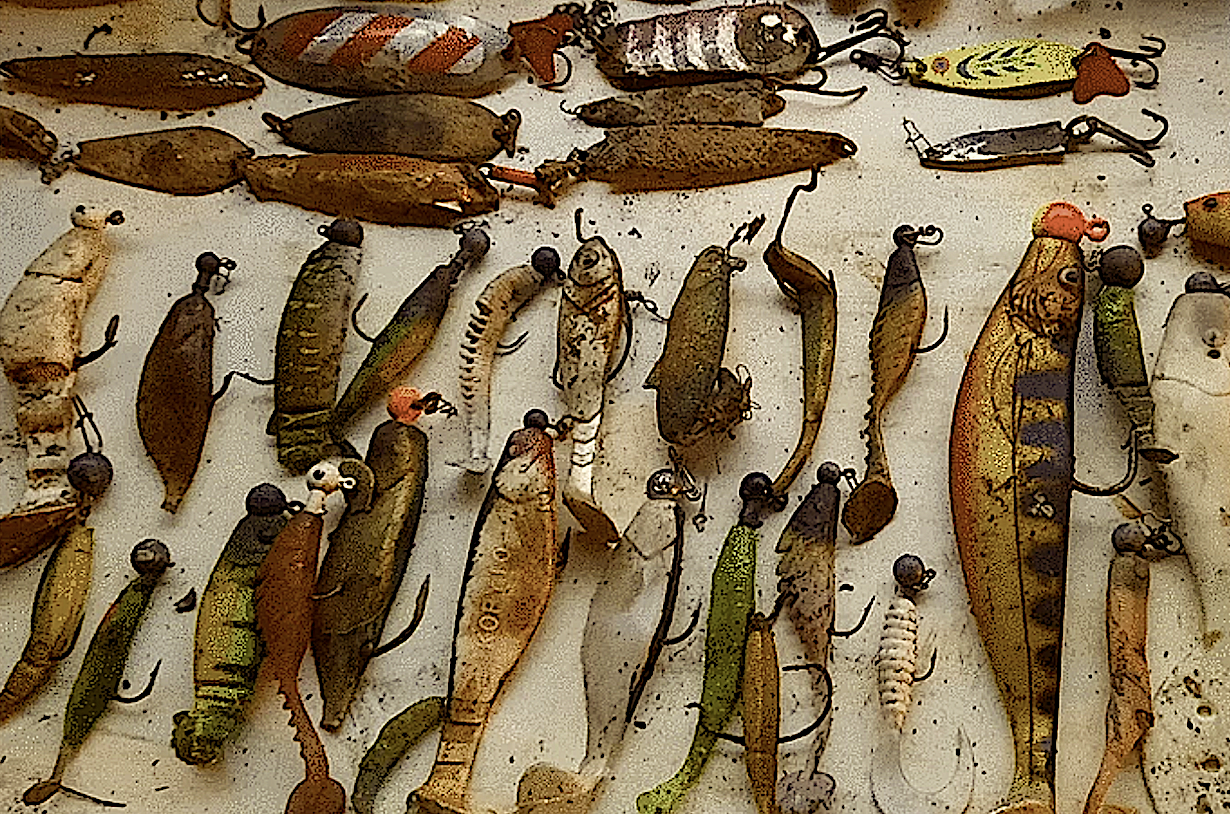Can Scientists Use Drones to Count Sharks and Rays?

The answer is yes — at least in ideal conditions.
In the 1990s I worked with a shark biologist in Panama City, Florida, and we regularly used gill-nets and longlines to capture, measure and release sharks for research. We often worked in a shallow, estuarine bay. Thinking back, it would have been pretty cool to have an aerial view of our sampling operation — and even cooler if we had been able to count sharks using a drone.
Research Need
During the last decade, the use of the unmanned aerial vehicle (or “drone”) in coastal and estuarine science, including fisheries research, has exploded. Drones now can do many things that pilots once could do only using airplanes — such as carry equipment and sensors to collect data, take photos, record videos — all while being flown automatically via GPS-enabled autopilot or by line-of-sight using a wireless controller. While drones cannot replace traditional airplanes, they arguably can do some things better and cheaper than their traditional aerial counterparts.
One desire of scientists is to use drones to collect data about marine animals. In order to determine whether this is possible, it would be best to conduct tests in a location with great water clarity and with animals that are relatively large and easy to distinguish based on their profile from above. Both sharks and rays, with their unique shapes, serve as the perfect candidates for this type of work.
If the technology works under ideal conditions, perhaps it has potential to work in less than ideal conditions down the road.
What did they study?
The investigators set out to determine the answers to two research questions. First, can drones help to identify and count sharks and rays? If so, do reef locations that allow tour operators to bait sharks and rays in order to attract them for eco-tourism — a practice known as “provisioning” — contain more animals than areas that do not allow provisioning?
To test the effectiveness of the drone, researchers working in Mo’orea in French Polynesia divided a local reef system into two adjoining areas, with each area containing similar amounts of different types of habitats that are important to sharks and rays. One of the areas is a provisioning site, and the other is not. Over the course of 10 survey days in 2014, a single drone made 30 flights over each area, capturing images that researchers would later view in order to identify animals.
What did they find?
The drones successfully collected imagery necessary to identify sharks and rays, even some specific species. Abundance was similarly linked to habitat in both study locations. As expected, the study area that allowed provisioning held significantly higher abundances of sharks and rays than the adjoining study area.
Anything else?
Tech lovers will appreciate that researchers used a DJI Phantom II (quadcopter) outfitted with GoPro Hero 3+ Silver edition video camera, held steady by a gimbal mount. Flying at a steady 40-foot altitude, the drone could capture a swatch of reef 115 feet wide.
The investigators calibrated the drone’s camera by placing objects of known shape, size and location within each study area and made sure to fly each aerial transect from the same altitude. This calibration process allowed researchers to accurately determine the size of items in the videos they collected.
So what?
This study demonstrates that drones can be used to quantify swimming sharks and rays in select, shallow-water reef environments. In some situations, drones might serve as powerful data collection tools.
Reading
Kiszka, Jeremy J., Johann Mourier, Kirk Gastrich and Michael R. Heithaus. 2016. Using unmanned aerial vehicles (UAVs) to investigate shark and ray densities in a shallow coral lagoon. Marine Ecology Progress Series 560: 237–242.doi: 10.3354/meps11945
The Save Our Seas Foundation (small grant SOSF 283) funded this project.
Summary compiled by Scott Baker
Photo: a whipray in French Polynesian waters, by Kat Kellner, CC BY 2.0 (cropped)
The text from Hook, Line & Science is available to reprint and republish, but only in its entirety and with this attribution: Hook, Line & Science, courtesy of Scott Baker and Sara Mirabilio, North Carolina Sea Grant. HookLineScience.com



